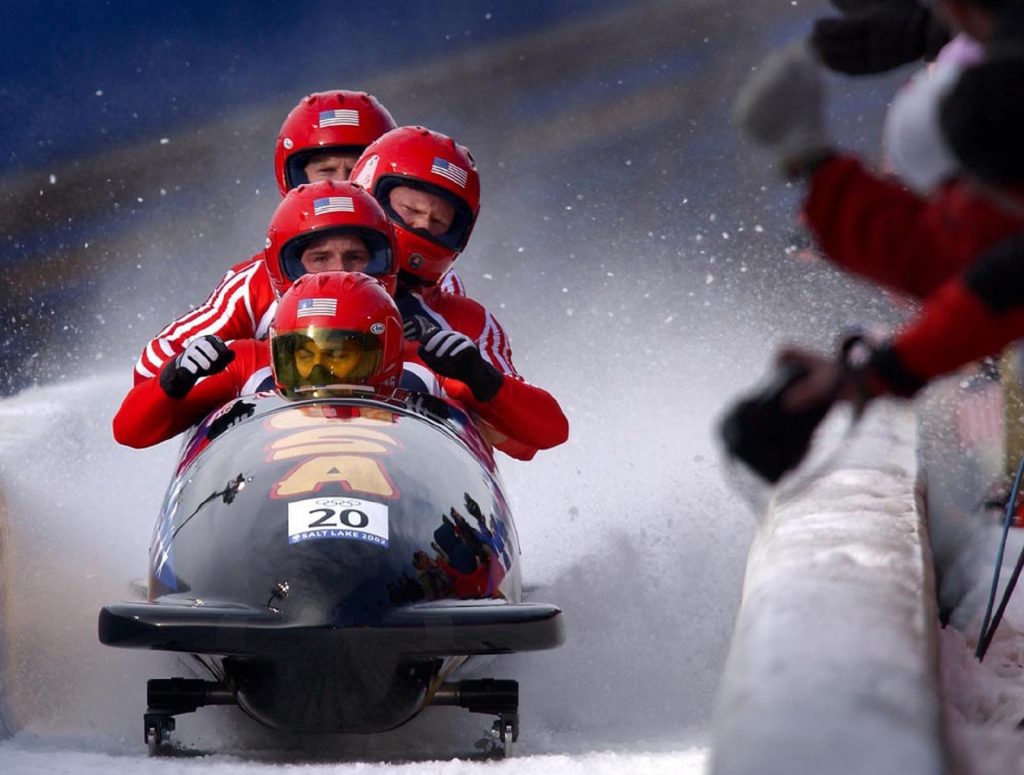Amid a fitness journey or sports season, athletes may confront an unexpected hurdle—a sudden disruption to their rigorous training routine. Whether one is committed to maintaining health, enhancing readiness, or preparing for sports performance, the delicate balance of professional commitments, personal responsibilities, and intense workouts can be challenging. This abrupt pause may trigger feelings of unease.
Regardless of the reason for this interruption, it opens up new opportunities for rejuvenation and foundational transformations in the realms of body function and fitness, addressing issues like injuries, instabilities, or functional maintenance. This conscientious detraining phase can become a crucial juncture in anyone’s fitness expedition. Beyond revitalization, the so-called detraining can lead to achieving personal milestones, underscoring the importance of periodic ‘off-seasons.’
This blog explores the concept of detraining, its timelines, and strategic ways to incorporate it into a training plan to prevent overtraining and plateaus.
Understanding Detraining: A Fitness Reset
Detraining is the gradual loss of fitness gains, a process inevitable when training isn’t sustained. Balancing frequency, volume, and intensity is key, as reducing these aspects slowly impacts performance metrics like balance, strength, metabolism, endurance and even recovery. Discover more about ATHL S-Core performance metrics here
Timeline of Loss: Patience in the Fitness Journey
The duration to lose fitness gains varies across components, emphasizing that detraining is a gradual biological process. Athletes with consecutive years of training may retain general traits of fitness longer, while novices and high performance athletes might experience faster declines at their relative peaks. Science has shown the following facts:
– Left Ventricular Mass is reduced following detraining of one week or more (RJ, Massarotto et col, 2023)
– Systolic and diastolic heart function are preserved during cardiac regression. (B.J. Petek et col, 2022)
– Decreased corticospinal excitability after 2 weeks of detraining. (Tallent et al. 2017)
– Exercise training-induced increases in aerobic capacity declined during 2.5 weeks of detraining (J.M. Callahan, 2021)
– Exercise training-induced gains in lean mass and muscle strength were maintained after 2.5 weeks of detraining (J.M. Callahan, 2021)
– 12 weeks of detraining resulted in a modest loss of strength and power −5 to −15% (S. Blocquiaux et col, 2020)
– 12 weeks of detraining shows a decrease in type II fibre cross-sectional area −17% (S. Blocquiaux et col, 2020)
Strategic Detraining: A Proactive Approach
Contrary to the fear of losing all progress, detraining can be purposeful. It can take the form of tapering, deload weeks, or an off-season, providing remarkable benefits for both body and mind.
Planning detraining within a well orchestrated Strength and Conditioning program is a valuable tool to optimize and boost fitness adaptations.
Complete inactivity isn’t the solution. Intentional detraining involves planned breaks, like dedicating a week each month to reduce intensity and facilitate recovery. Altering workouts or trying different activities helps keep muscles engaged without pushing limits.
Detraining, Overtraining, and Plateauing: Balancing Act

Detraining and overtraining exist at opposite ends of the training spectrum. Exercise science has decoded and found ways to illustrate and guide this balance. Recognizing your training load’s strain and tolerance is crucial—overtraining and detraining are the extremes. Now a days we have bio-live feedback tools that help us measure, track and adapt training programs to load and tolerance. Adjusting training and detraining to its most precision to enhance readiness.
Polar Electro has been in the game long enough to sync heart rate monitoring with cutting edge exercise science into their outstanding smartwatches. Here you can find some of Polar finest tools to track your training status by budget:
(€€€) Outdoor and multisport athletes: Polar Vantage V3 – The smart sports watch is ready to put in the performance of a lifetime.

(€€) Outdoor athletes: Polar Grit X Pro – Polar Grit X Pro includes innovative navigation tools, always-on outdoor features and the best training solutions.

(€) Multisport athletes: Polar Pacer Pro – Advanced GPS sports watch with barometer and tools to improve sports performance.
Rest as a Vital Component
Distinguishing between gradual detraining and significant fitness loss is crucial. Rest weeks, off-seasons, or event tapers are essential for physical and mental regeneration. Performance benefits emerge during these breaks, rewarding those who make mindful detraining a part of their training plan.
Thousands of athletes stories echoes the importance of intentional breaks, showcasing that rest isn’t a setback but a rewarding phase in the fitness journey.


